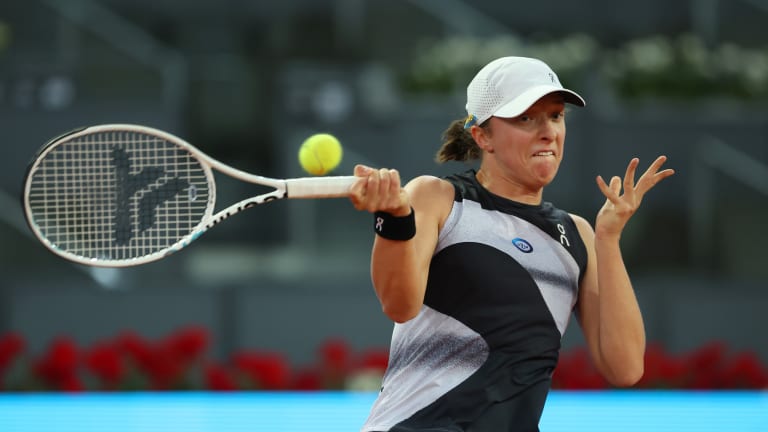Your Game
TECH Talk: The secret to Iga Swiatek's world class forehand
By May 11, 2023Your Game
Tecnifibre releases special-edition Danille Collins pickleball paddle
By Oct 04, 2025Your Game
Racquet Preview: Solinco unveils Blackout V2
By Sep 24, 2025Your Game
Geared Up: Victoria Mboko is turning heads in all Wilson
By Sep 23, 2025Your Game
Racquet Review: Dunlop CX 200 (18x20) Limited Edition
By Sep 17, 2025Your Game
Racquet Review: Wilson Ultra Pro 99 v5
By Sep 14, 2025Your Game
Yonex goes dark on Percept racquet line
By Aug 28, 2025Your Game
Babolat gives the Pure Strike a makeover with carbon grey cosmetic
By Aug 25, 2025Your Game
Head launches second edition of Speed Legend series
By Aug 24, 2025Your Game
Asics releases its Night Energy Collection
By Aug 23, 2025TECH Talk: The secret to Iga Swiatek's world class forehand
An extreme grip is igniting extraordinary results for the top-ranked 21-year-old; here's how you can incorporate her Western grip into your game.
Published May 11, 2023
Advertising

An offensive forehand is crucial to Swiatek's dominance on tour.
© Getty Images